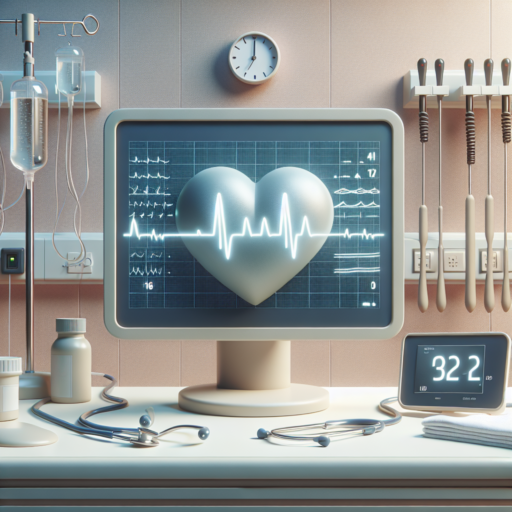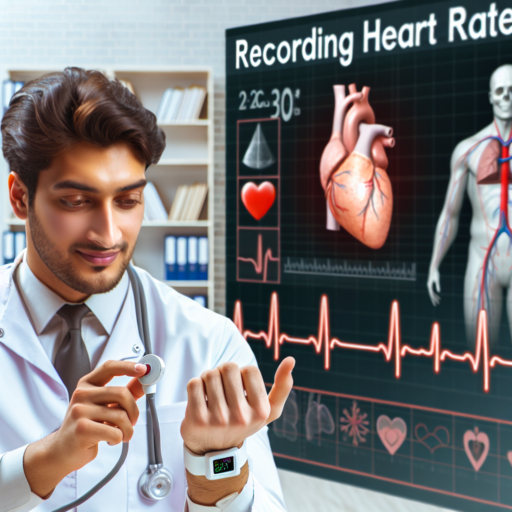What is a monitor for the heart?
A monitor for the heart, often known as a heart monitor, is a medical device designed to track the heart’s activity continuously or over a specific period. These devices play a pivotal role in observing and recording the electrical activity of the heart, providing valuable data that can help in diagnosing and monitoring various cardiac conditions. Heart monitors range from the widely recognized Electrocardiogram (ECG) machines used in medical facilities to portable devices that individuals can wear daily.
The primary function of a heart monitor is to assess the heart’s health by evaluating the rhythm, rate, and electrical activity. This information is crucial for identifying irregular heartbeats, known as arrhythmias, and other heart-related issues. For patients with known heart conditions or those who exhibit symptoms like palpitations, dizziness, or shortness of breath, a heart monitor can be an essential tool in determining the next steps for treatment or management.
Technology has greatly advanced the capabilities of heart monitors, allowing not just medical professionals but also individuals to keep track of their heart health with more ease and precision. Devices now range from traditional Holter monitors, which record the heart’s electrical activity for 24 to 48 hours, to modern wearable technology that offers continuous heart rate monitoring alongside other health metrics. This shift has empowered individuals to take a more active role in managing their cardiovascular health.
What is the best heart monitor for health?
Finding the best heart monitor for health involves considering accuracy, comfort, and additional features that may cater to your specific needs. Heart monitors come in various forms, including strapless models, chest straps, and even smartwatches, each offering unique advantages for tracking your heart health. Understanding these differences is key to choosing the right monitor for your lifestyle and health goals.
For individuals focusing on precision and real-time tracking, chest strap monitors are often recommended. These devices measure electrical signals from the heart, providing detailed data on heart rate, heart rate variability, and even advanced metrics like recovery and strain. Brands like Polar and Garmin lead in this category, often preferred by athletes and fitness enthusiasts for their accuracy during vigorous activities.On the other hand, wrist-based heart monitors, primarily found in smartwatches, offer unparalleled convenience and continuous monitoring. Models from Apple, Fitbit, and Samsung not only track your heart rate but also integrate it with other health metrics, offering a comprehensive view of your overall wellbeing. While they might not match the pinpoint accuracy of chest straps, they compensate with ease of use and the ability to monitor your health 24/7.
Finally, for those interested in non-invasive yet accurate monitoring, optical heart rate monitors, which use light-based technology to gauge blood flow, are an emerging option. These devices can be found in both smartwatches and fitness bands, making them a versatile choice for everyday wear. While they are generally considered less accurate than their electrical signal counterparts, advancements in technology are rapidly closing this gap, making them a solid choice for health monitoring.
No se han encontrado productos.
Are heart monitors worth it?
In the realm of personal health and fitness, the question of the value of heart monitors is a prevalent one. Heart monitors, primarily used to track the heart’s rate in real time, have evolved significantly. They are no longer exclusive to the wrists of athletes but have found their way into the daily lives of health-conscious individuals. The core argument in favor of heart monitors hinges on their capability to provide instantaneous feedback on one’s cardiovascular health, which can be pivotal for both exercise efficiency and safety.
Monitorización durante el ejercicio: One of the primary reasons heart monitors are considered worthwhile stems from their utility during exercise. By offering real-time data, these devices enable users to maintain their heart rate within an optimal range for achieving specific fitness goals, whether that be fat-burning, endurance enhancement, or cardiovascular health improvement. This immediate feedback helps in adjusting the intensity of the workout dynamically, potentially maximizing the benefits of exercise routines.
Furthermore, heart monitors play a critical role in exercise safety. For individuals with existing heart conditions or those venturing into high-intensity exercise regimes, keeping an eye on heart rate fluctuations can be lifesaving. The technology alerts users when their heart rate exceeds safe levels, thereby mitigating the risk of overexertion and its associated health risks.
What is the difference between a monitor and an ECG?
Understanding the distinct roles and functionalities between a monitor and an Electrocardiogram (ECG) is crucial in the medical field. While both are essential in assessing the heart’s activity, they serve different purposes and offer unique insights into cardiovascular health. A monitor, often referred to as a heart monitor or cardiac monitor, continuously observes the heart’s rhythm and rate. On the other hand, an ECG is a diagnostic tool that provides a snapshot of the heart’s electrical activity at a given moment.
One of the primary differences lies in their usage. Monitors are typically used for ongoing observation, allowing healthcare professionals to track a patient’s heart activity over time. This continuous monitoring is vital in critical care settings or for patients with life-threatening heart conditions. In contrast, an ECG is conducted as a short-term test, usually lasting only a few minutes. It is often performed to diagnose specific cardiac anomalies, such as arrhythmias or myocardial infarction, by interpreting the heart’s electrical signals.
Moreover, the information each device provides varies significantly. A monitor offers real-time data about the heart’s rhythm and can alert medical staff to any immediate issues requiring intervention. ECGs, however, produce a detailed report that outlines the timing and duration of each electrical phase in the heart’s cycle. This detail makes ECGs invaluable for identifying irregularities in heart function that might not be apparent through monitoring alone.



